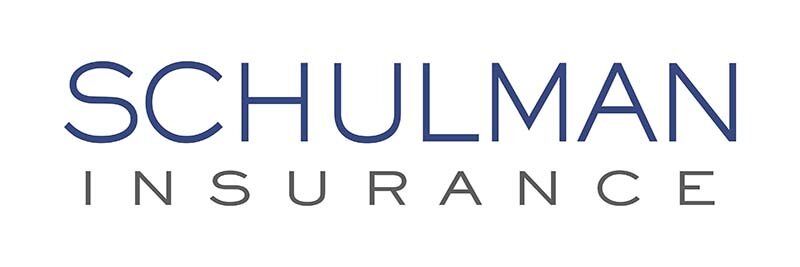Massachusetts Paid Family Leave 2022 Contributions and Benefits
The Massachusetts Department of Family and Medical Leave (“DFML”) has recently announced changes to the contribution rate, the State Average Weekly Wage, and the maximum weekly benefit amount for the Massachusetts Paid Family and Medical Leave (“PFML”) program effective January 1, 2022.
The DFML has also published (i) information regarding an employer’s obligation for remitting retroactive contributions for employers moving from an approved private plan to the state plan and (ii) the FY2021 Annual Report for the PFML program.
Contributions
The 2022 contribution rate on eligible wages will be 0.68% (adjusted down from the 2021 rate of 0.75%). Individual contributions are capped by the Social Security income limit, which for 2021 is currently set at $142,800.
If an employer has at least 25 covered individuals (i.e., employees and 1099 contractors in MA), both the employer and the employee share in the cost of medical leave benefits.
The employee is responsible for the entire cost of family leave benefits. The following illustrates the PFML contribution breakdown for 2022:
• Medical Leave Contribution: 0.56% of eligible wages allocated as follows:
• Employer: At least 60% of the medical leave cost is paid by the employer (0.336%)
• Employee: No more than 40% of medical leave can be deducted from the employee’s wages (0.224%).
• Family Leave Contributions: 0.12% of eligible payroll deduction
• May be paid entirely from employee wages (no employer contribution required).
If the employer has fewer than 25 covered individuals in Massachusetts, the employer is not required to contribute toward the medical leave or family portions of the benefit. The employee’s 2022 contribution for medical and family leave benefits is .344% of eligible wages.
Amount of Benefit
The weekly benefit amount for employees and self-employed individuals on family or medical leave is determined as follows:
• the portion of an employee’s or self-employed individual’s average weekly wage (“AWW”) that is equal to or less than 50 percent of the state average weekly wage (“MAAWW”) is replaced at a rate of 80 percent; and
• the portion of an employee’s or self-employed individual’s AWW that is more than 50 percent of the MAAWW is replaced at a rate of 50 percent, up to the maximum allowed benefit amount.
For 2022:
• The MAAWW will be $1,694.24, an increase of 14% from the 2021 MAAWW of $1,487.78.
• The maximum weekly PFML benefit will be $1,084.31, an increase of 28% from the maximum weekly benefit of $850 in 2021.
Moving from a Private Plan to the State Plan
The DFML recently published information regarding an employer’s obligation for remitting retroactive contributions to the state for employers with a private plan exemption initially effective prior to January 1, 2021. Employers with this exemption will need to go through one renewal cycle to not owe retroactive contributions. A renewal cycle means an initial term and one renewal term, with each term lasting a period of four completed quarters. An employer that terminates a private plan prior to the renewal cycle requirement will be responsible to remit retroactive contributions back to the effective date of the initial exemption for failure to renew.
An employer with an approved exemption that has renewed for one renewal cycle, and then attempts to terminate during that first renewal cycle (before the renewal cycle is complete), will also be responsible to remit retroactive contributions back to the effective date of the initial exemption for failure to renew.
If an employer has gone through one complete renewal cycle, at that time, an employer may terminate its private plan without owing retroactive contributions.
The DFML has created a table to demonstrate when an employer moving to the state plan would not be responsible for retroactive contributions.
The DFML notes that if the PFML exemption effective date is not aligned with the carrier policy effective date then the employer would be required to remain with the private plan until the PFML exemption end date to ensure no gaps in coverage and that they will not owe retroactive contributions and assessed penalties.
FY2021 Annual Report
As required by the Family and Medical Leave Law, the DFML has issued its first annual report containing information on benefits, applications, and certain characteristics of applicants during Fiscal Year 2021. Because the law required payments to begin on January 1, 2021, this report only contains information from January 1 to June 30, 2021. Subsequent reports will contain information from July 1 to June 30 (the Massachusetts Fiscal Year).
Employer Action
Employers should prepare for the 2022 PFML contribution and benefit increases by working with payroll processors, approved private plan vendors and employment counsel to ensure their leave policies and procedures are compliant by January 2022.


